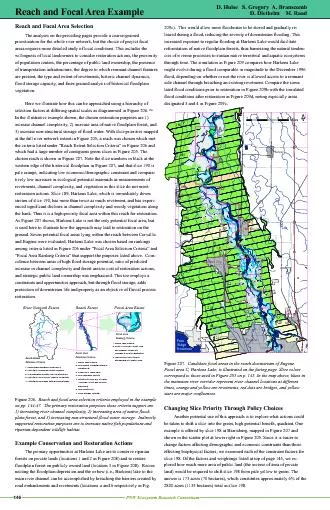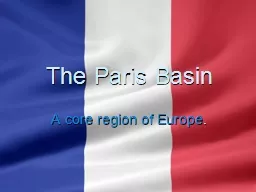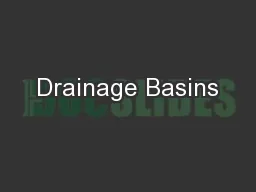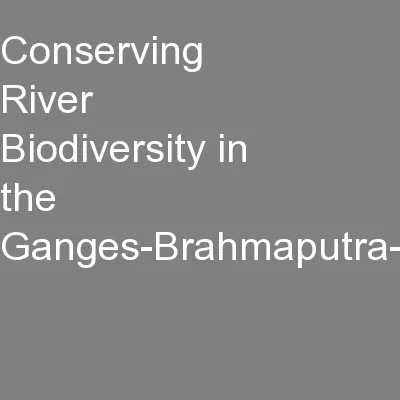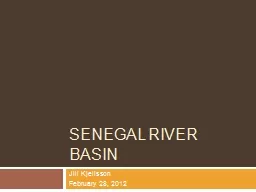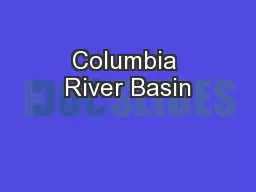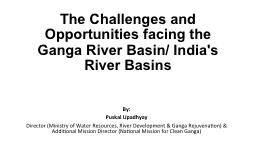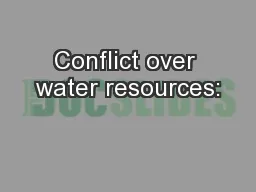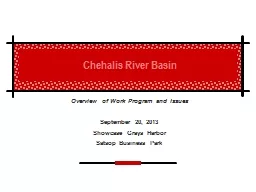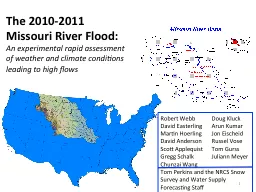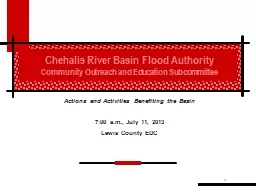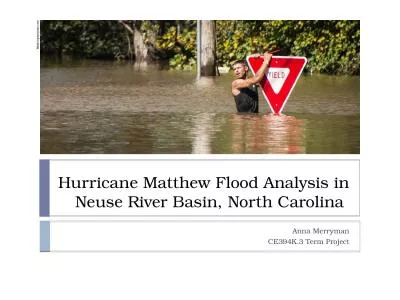PDF-illamette River Basin AtlasESTORATION
Author : giovanna-bartolotta | Published Date : 2015-08-05
Harkens Lake Lakereconnectionpoint reconnection Additional Habitat High FlowLow Flow Potential Riparian Forest HabitatHigh FlowLow Flow Built Portion of the Oxbow
Presentation Embed Code
Download Presentation
Download Presentation The PPT/PDF document "illamette River Basin AtlasESTORATION" is the property of its rightful owner. Permission is granted to download and print the materials on this website for personal, non-commercial use only, and to display it on your personal computer provided you do not modify the materials and that you retain all copyright notices contained in the materials. By downloading content from our website, you accept the terms of this agreement.
illamette River Basin AtlasESTORATION: Transcript
Download Rules Of Document
"illamette River Basin AtlasESTORATION"The content belongs to its owner. You may download and print it for personal use, without modification, and keep all copyright notices. By downloading, you agree to these terms.
Related Documents

